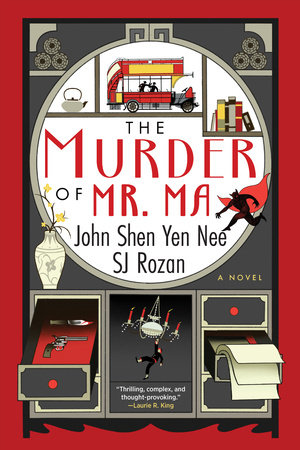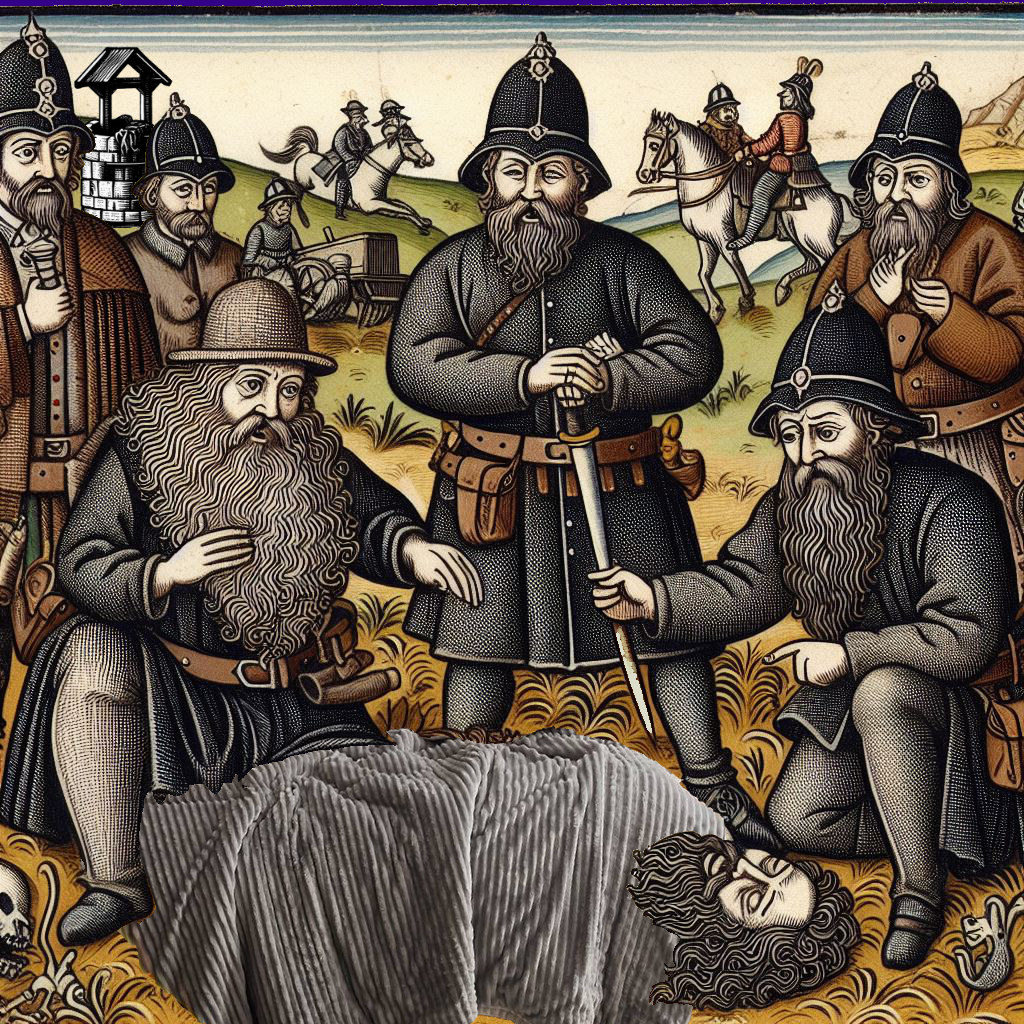I’m in my seventies, which makes me officially an old person. In our euphemism-afflicted age, the preferable term is Senior, though I still think that label is better suited to someone in the twelfth grade of high school.
Another sop to this PC frenzy is to call someone like me older. Okay, older than whom? My brother is older than me, and always will be. He was when I was ten and he was fourteen.
They say you’re only as old as you feel. I feel like I’m in my seventies, at least with regard to aching joints and memory lapses. The rest of the brain appears to still be functioning, surprisingly, given how I’d mistreated it as a younger person. It’s a known fact that when one part of the body declines, or is abruptly taken offline, the other parts compensate, growing stronger. This is a pleasant thought, which suggests I might be getting even smarter as I stagger out of bed in the morning and lose my car keys.
I’m not sure what effect this all has on ones writing. I’ve had the displeasure of reading some of my juvenilia, and it’s predictably callow and risible, though I can hear my voice buried in there, yearning to be free. There’s no certainty that being on the other end of the age spectrum means your writing will improve, or decay. But there are plenty of examples of the former, and precious little of the latter, barring critics’ mercurial tastes, not known for their discernment at any age.
Thorton Wilder wrote my
favorite Wilder work, the novel Theophilus North, when he was
seventy-six, back when that age meant something. And nothing good.
I
published my first book when I was fifty-three.
When checking Google on this subject, I noticed that people over fifty
were categorized as “starting late.” I didn’t
know that at the time. I did write about
three books in the decades before, none publishable, but it was good
exercise. And I got to enjoy a blizzard
of rejections, which strengthens the spine.
Arthritis
aside, the only physical demand of a starting-late writer is typing. And staring at the computer screen through
bifocals. What we do have, as
compensation, is a lifetime of accumulated knowledge and experience. This is a quality that’s revered in Eastern
cultures. In America, it mostly
qualifies you to be ignored by the middle aged and ridiculed by your children
(the grandchildren instinctively know better, though they’re too young to copy
edit or help you find an agent.)
However, if you’re lucky enough to not reprise your old mistakes,
writing becomes a much more efficient process.
The key here is knowing more quickly when the work sucks, and much more
willing to swipe it into the trash icon with little or no regret. When you’re young, you don’t know that it’s
possible to compose thousands, if not millions, of sentences. That you’re capable of drastically revising a
hundred-thousand-word manuscript. So
every line on the page is more precious, more deserving of life in perpetuity,
even though they might, in a word, suck.
At writers conferences and panel events, when I look out at the audience, most of the heads are white or grey, or would be if not for hair dye. So writing and reading are largely pursuits of the not-so-young. We have more time, and fewer pressing responsibilities, and if fortunate, greater resources to sustain the habit. And unlike Olympic-level gymnastics, something you can do until you face-plant into the keyboard.
I
just had a birthday, an occasion once celebrated, now more regrettable, since
it marks less potential for repeat performances. Some say it’s just a number, though these
people can still count the numbers off on their hands and feet without losing
track.
As
I’ve noted in prior posts, short term memory does not improve with age. If I need to carry an item from Room A to Room
B, I immediately put it in my pocket.
Then it will find its way to the destination, even though I might not
remember why it should have gone there in the first place. Long term memories, on the other hand, become
seasoned over time. Leavened by
recurring recollection, burnished through sharing with old friends and
family. These may not be quite accurate
– actually, they probably aren’t – but if you’re a storyteller, all the
better.
Ones
life becomes a kind of artform of its own, where the rough outlines of events
are curated and shaped into reflections both material and inventive, true by
Hemingway’s definition, faithful and well aimed.















































